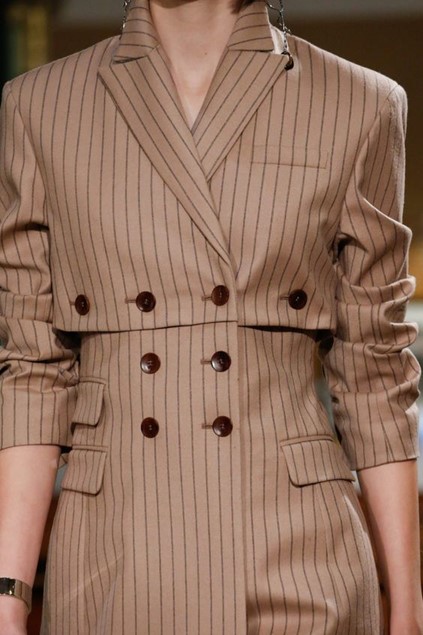Rules on how to wear a jacket?

There are many factors that determine when and how you should button your jacket.
First, consider whether your jacket is single-breasted or double-breasted.
Whether your jacket is single-breasted or double-breasted, it can have 1, 2 or 3 buttons.
Single breasted jacket rules
Most modern suits are single-breasted. Here, the design is determined by the number of buttons the jacket has.
There are some principles for the single-breasted single-breasted jacket.
The jackets of this type of suits are distinguished by their traditional appearance. Due to their origins in traditional evening wear designs, single-button jackets are often longer than jackets from other types of suits.
Button stitching should be balanced on the pattern.
These jackets should ALWAYS be buttoned up when worn. Unbutton the jacket when you sit down to avoid wrinkles.
There are also the single-breasted two-button jacket rules.
The traditional way to fasten such a jacket is to fasten the top button and leave the bottom unbuttoned.
The top button on these jackets should ALWAYS be buttoned when standing.
Also unbutton the top button only when sitting down to avoid creasing. Fasten it again as soon as you get up from your seat.
NEVER fasten the bottom button.
Fastening the bottom button will make you look like you don't know what you're doing and will visually add an extra ten pounds to your silhouette. You should keep the bottom button unbuttoned as this is how most suits are worn these days.
If you fasten the bottom button, your jacket is likely to fit tighter around the hips. This will create the illusion that your body has larger proportions.
There are also a few possible exceptions to the rule:
• People who like a very long lapel sometimes fasten the bottom button and fold the lapel all the way over the top button.
• High quality jackets on some designer suits may look more proportional if the bottom button is also buttoned.
• Very tall people may need to use the bottom button instead of the top button to avoid losing the shape of the jacket at the waist. This will reveal the front of the garment and show the buckle of the trousers. However, in this case, the three-button jacket is preferable.
There are also rules for single-breasted three-button jackets.
Regarding these three buttons, it is good to follow the rule: "The first optional, the second always and the third never". Unbutton all buttons when you sit down to prevent the jacket from creasing.
A significant number of single-breasted three-button jackets are not made to be buttoned at the top (these are the so-called 2 1/2 suits), and the bottom button is almost always in a position where it restricts movement. On some three-button jackets, the top button is hidden by the lapel. If the buttoning of the top interferes with the natural fold of the lapel, it should be left unbuttoned.
Experts do not recommend a jacket with more than three buttons. If for some reason you choose to wear a single-breasted jacket with four or more buttons, be sure to leave the bottom unbuttoned.

Double breasted jacket rules
Double-breasted jackets are almost always worn with the buttons fastened. It is very unusual to unfasten any of them.
Double-breasted six-by-four jackets have a total of six buttons, but only four buttons are functional and the remaining two are decorative.
If you plan to leave some buttons undone, the most traditional principle is to fasten the top buttons.
However, people who prefer models with an elongated silhouette leave the bottom button open.
